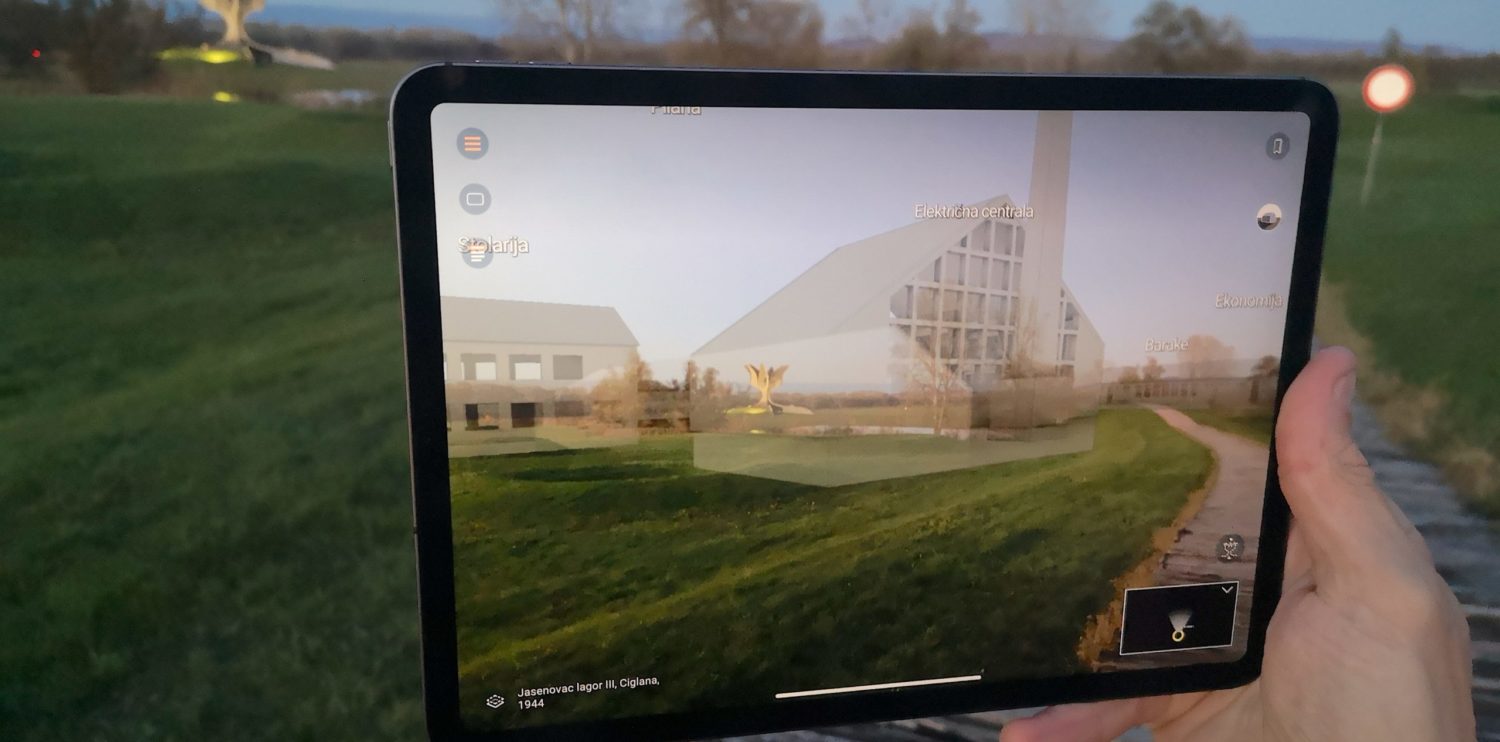“The Future Memory Foundation seeks to conserve and present the history of Nazi crimes and the Holocaust in the service of education and reflection on the past, present, and future of the human condition. We believe that now that we are entering the post witness era we have to resort to advanced technologies such as Virtual and Augmented Reality to make the sites themselves become the portal to the historical sources. This approach is based in a scientifically grounded view of human memory and experience” Manifesto Saving the Past Shaping the Future
Saving the Past – Shaping the Future
The Future Memory foundation is an initiative to preserve, present and project the history of Nazi crimes and the Holocaust through the sites of the European landscape of terror. Read more on our mission statement here.
The Problem: Europe’s memory crisis in the absence of witnesses
We are facing the end of the “age of the witness”. Over the last seventy years, witness and survivor testimonies were fundamental for the commemoration of Holocaust crimes. They have connected subsequent generations with this horrifying past and were pivotal in anchoring it in the collective memory. However, we are now facing the end of the age of the witness given their mortality. Existing memorial sites or museums offer a traditional historiographical approach. In particular, they have not included the multiplicity of campsites all-over Europe as grounded in the physical landscape of terror integrated with pertinent historical sources (e.g. images, maps, construction plans) and personal descriptions (e.g. from testimonies and diaries). As a result, the systemic, global characteristics of the process of Nazi crimes has been lost.
The Task: Reconstructing the spatial structure of Nazi terror
We propose to use virtual and augmented reality techniques to reconstruct sites of Nazi crimes and their interrelated structure. These reconstructions will be tied to a vast amount of historical material such as eyewitness accounts, official documents, photos and artifacts that will all be digitized and suitably contextualized. This network of the sites of the landscape of terror will be accessible through both physical and virtual visits and describe the system, process, and impact of Nazi crimes. Hence, by using advanced digital humanities technologies, we will conserve, develop and present the memory of the Holocaust for future generations. A starting-point has been set and implemented at the Bergen-Belsen Memorial beginning in 2010.
Installations description available @ Memory in the Digital Age
For the first time ever, a three-dimensional, virtual model of the former camp that was fully destroyed after its liberation, has been constructed and presented within a three-wall-projection space. This immersive interactive presentation has been linked with a mobile tablet-based application that allows visitors to physically visit the former campsite and perceive and experience the historical spatial structures and details of fences, buildings and camp sections as part of the landscape. Most importantly, multiple geo-localized sources are accessible opening an in-depth perspective into the use and experience of this node in the landscape of terror. Hence, space as a portal to information, providing a context for reflection and meaning generation.
